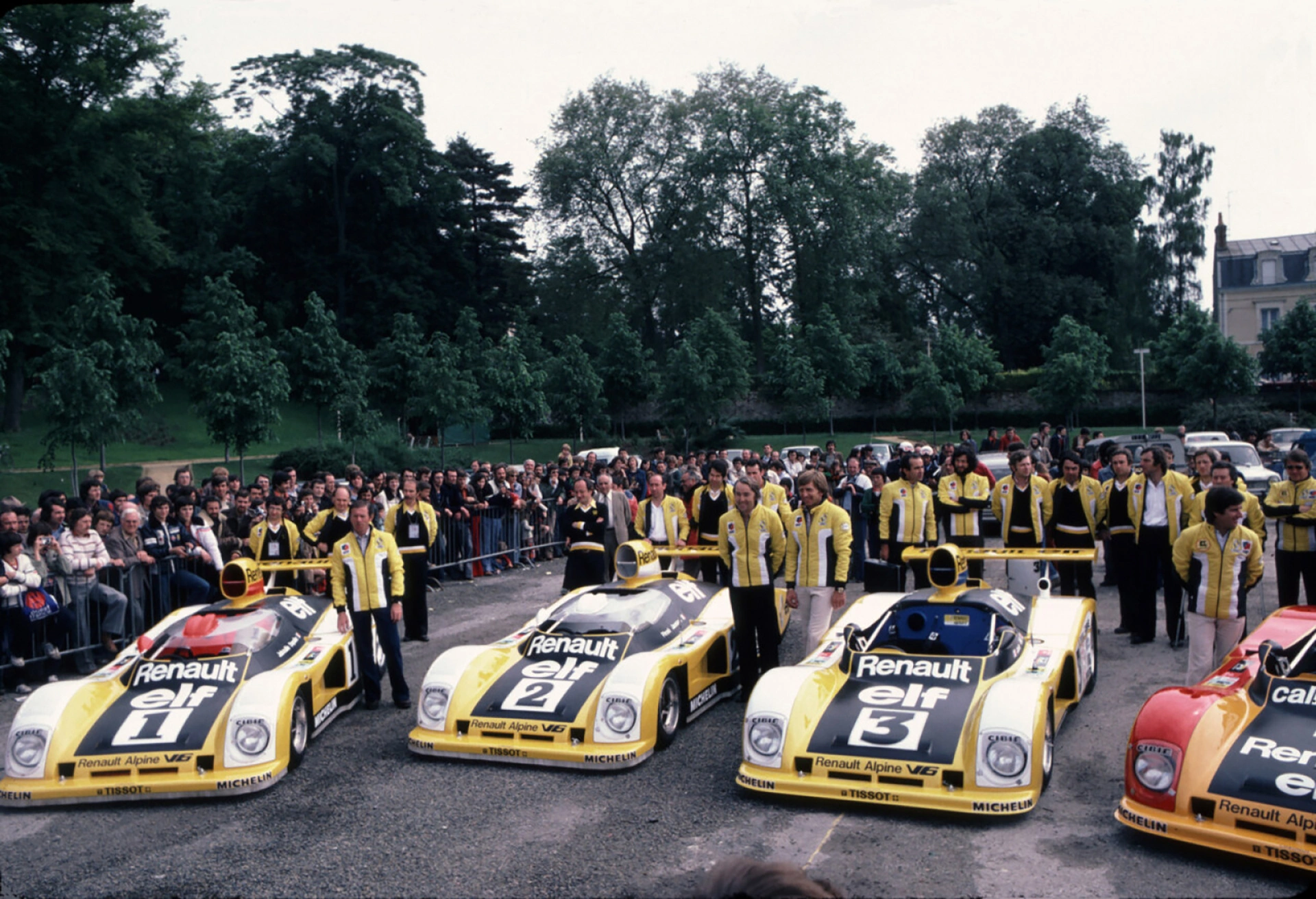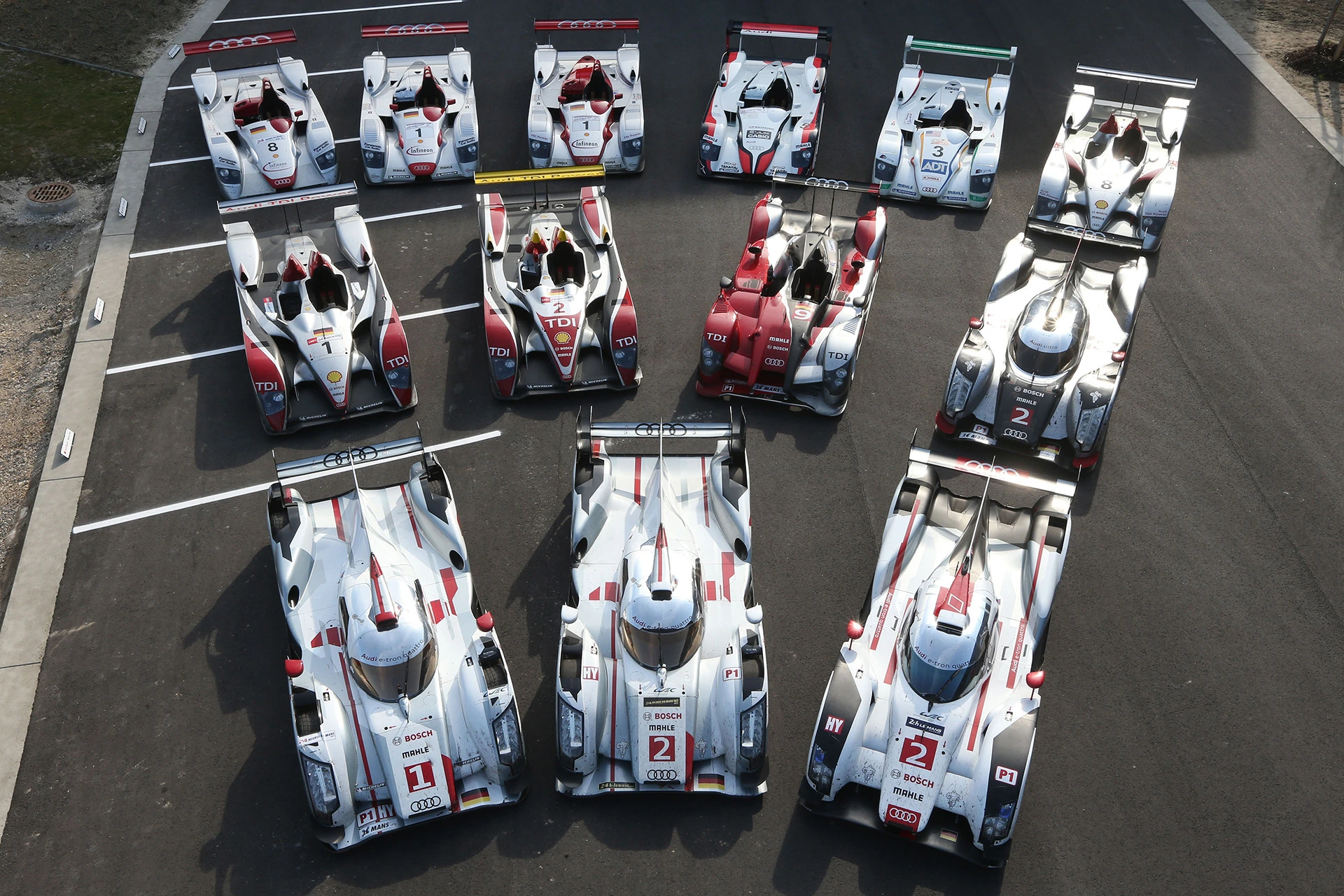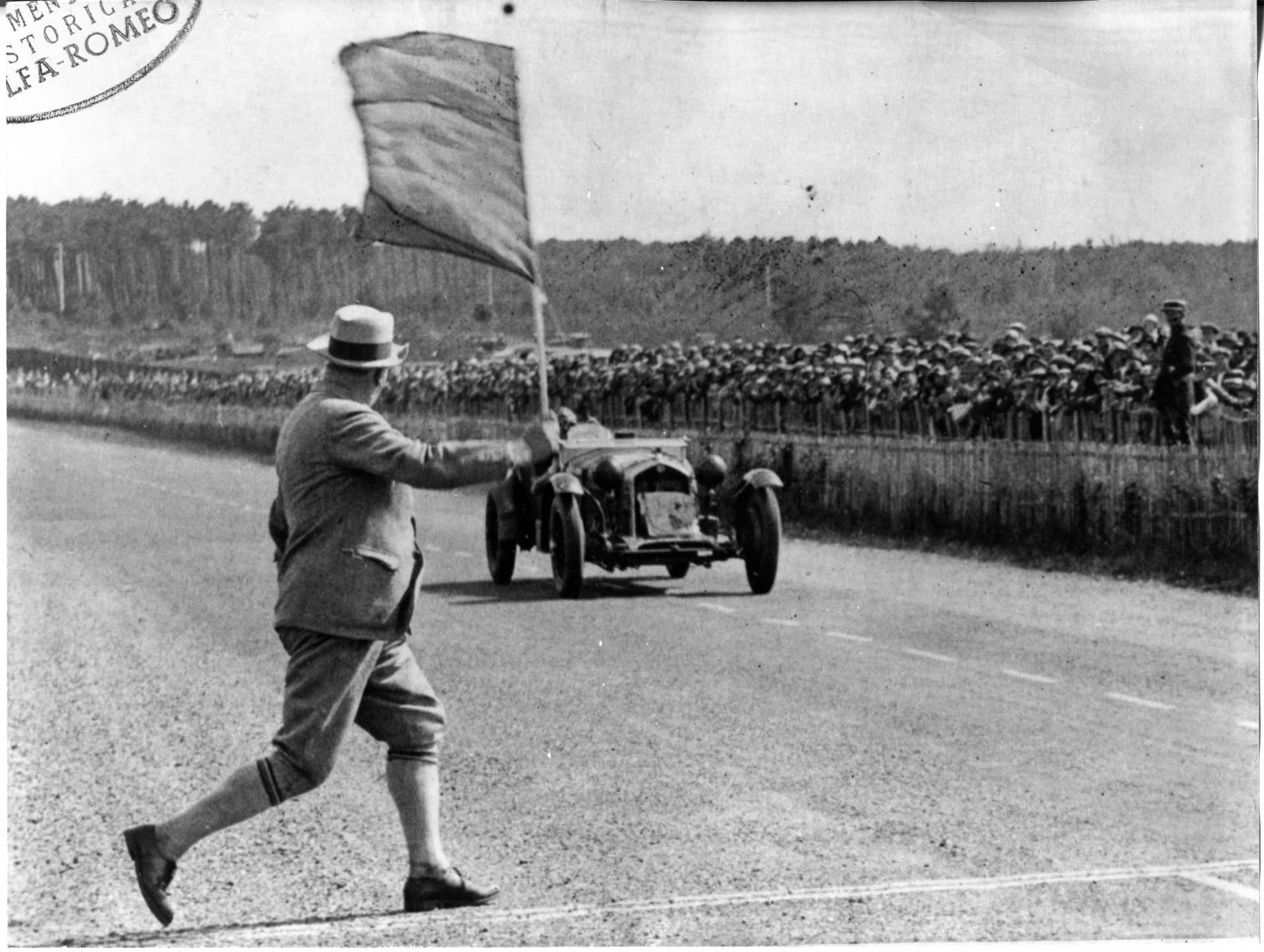Le Mans Yesterday and Today: Alpine
04 November 2023 10 min read 6 images

Photo credit: Alpine, Renault, Wheelsage, ACO Archives, 24 Hours of Le Mans
Alpine, founded by Jean Rédélé in 1955, has been closely tied to Renault from its early years. Known for its light, competition-focused cars, Alpine’s emblematic model, the A110, became a symbol of agility and performance. It celebrated major victories, including first and second places at the Monte Carlo Rally in 1971 and winning the Constructors' World Championship in 1973. Renault's acquisition of Alpine that same year integrated it fully into the French group, and from then on, Renault would use the Alpine brand as its platform for pursuing sporting success—spanning from the 24 Hours of Le Mans to Formula 1.
Register to unlock this article
Signing up is free and gives you access to hundreds of articles and additional benefits. See what’s included in your free membership. See what's included in your free membership.
Already have an account? Log In


